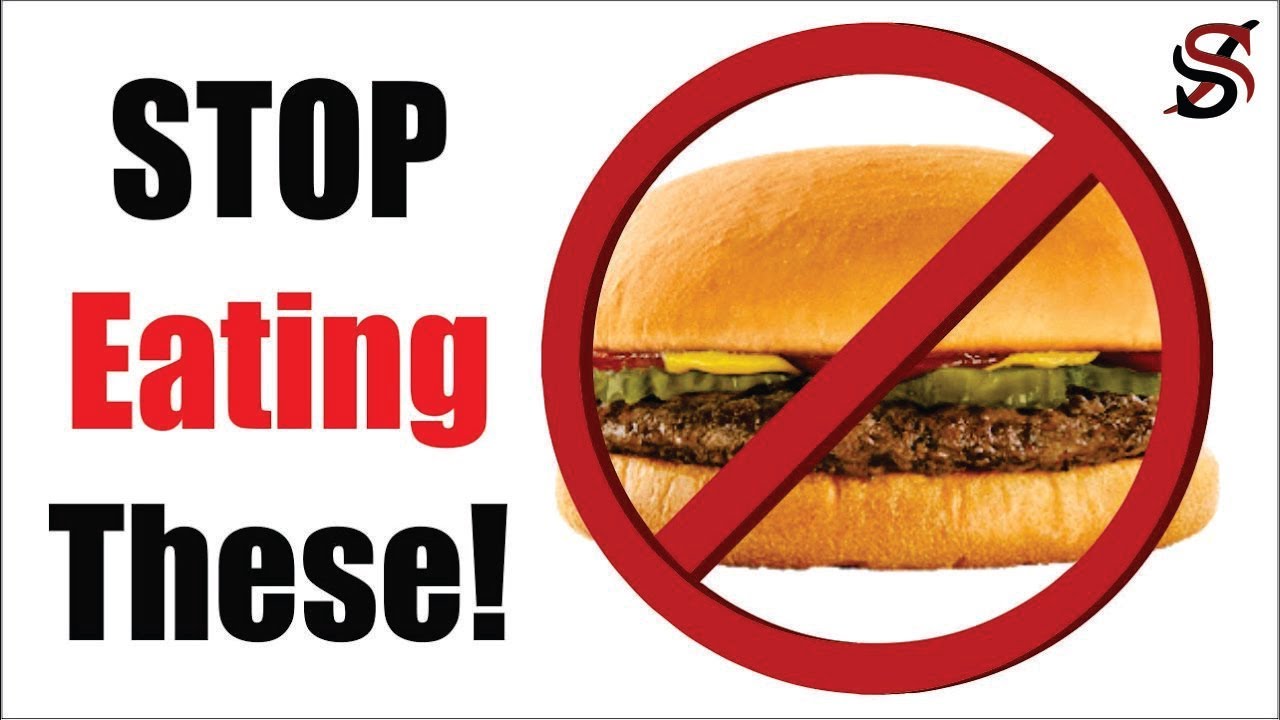
Consuming a diet rich in vegetables and fruits is a great way of reducing inflammation. Aim to eat nine of these fruits and vegetables each day. You should also eat fresh fruit, particularly those rich in antioxidants like strawberries. Whole grains are essential. But, you should limit your intake of rice noodles to once a week. Avoid baking flour, as this does not constitute an anti-inflammatory diet. These foods can help you feel more active and prevent inflammation.
When choosing a diet that promotes good health, try to eat a diet rich in green leafy vegetables. This will increase your intake of omega-3 fat acids and reduce inflammation. Organic meat and dairy products are also options. And for the dietary fats, opt for fish oil or omega flax oils. For hydration, make sure to drink eight glasses of water every day.
A good way to combat inflammation is to eat whole food. You should eat foods that contain no added sugar. Vegetables and fruits are best. A healthy diet includes low-fat dairy products as well as nuts, seeds, olive oil, and peanut butter. Spices and herbs can be used to enhance the flavor of your food. Your body could be reduced by adding vitamin E and antioxidants.

While there is no cure for inflammation, there are some things that you can do to reduce your risk of this condition. A healthy diet should be rich in fresh fruits and vegetables. Avoid processed foods and sugary food. It is also important to include some fatty fish and coconut oil in your diet. These foods will make you healthier and less likely to get inflammation. EverlyWell offers a vitamin D and high-sensitivity CRP test kit that will help you include more anti-inflammatory foods into your diet.
While there are no studies that support this claim, there is ample evidence to suggest that in many cases, reducing inflammation can be a good idea. It can prevent chronic diseases, such as cancer and heart disease. Inflammation is an inherent part of our bodies. It is a normal, healthy response that protects us from harm. Your diet can help reduce inflammation. You can lower your risk of developing chronic diseases by following these guidelines.
The foods you eat are important for your health. Quercetin, which inhibits the production histamines, is found in onions. Berry products contain anthocyanins, which moderate inflammation. While this isn't an anti-inflammatory diet, you can choose foods high in flavones and other anti-inflammatory compounds. You should include whole grains and berries, in addition to fruits or vegetables.
There are several reasons that inflammation can occur. Chronic inflammation is often caused by excess weight, pollution, or poor sleep. A balanced diet, rich in water and high-quality anti-inflammatory food will reduce the risk of chronic inflammation. You should eat healthy food to maintain your health. It is important to include anti-inflammatory ingredients in your diet. This will ensure that your body functions normally.

Inflammation can be caused by many things in your body. If your body is not used to inflammation, it can contribute to chronic pain, ear infections, and even cancer. Eat foods rich in polyphenols such as blueberries or leafy greens to reduce inflammation. You may also benefit from the anti-inflammatory properties of coffee, which can help to protect your health. Your diet can be improved by getting enough sleep and eating a healthy diet.
Chronic inflammation is directly related to your diet. Many people suffer from chronic health problems due to their diet. Although inflammation is a natural response to injury, it can also cause many health problems. Refined carbohydrates, for example, can increase inflammation. Drinking soda and other foods can be dangerous for the body. They can cause pain in the joints, fatigue, and other symptoms. They can also encourage the growth of cancer and other cardiovascular diseases.
FAQ
What is the problem with BMI?
BMI stands for Body Mass Index, which is a measurement of body fat based on height and weight. The following formula is used to calculate BMI:
Weight in kilograms divided by height in meters squared.
The result can be expressed as a number between zero and 25. Scores of 18.5 and higher indicate overweight, while scores of 23 and higher indicate obesity.
A person who is 100kg and 1.75m tall will have a BMI 22.
What is the difference between a virus and a bacterium?
A virus is a microscopic organism which cannot reproduce outside of its host cell. A bacterium, a single-celled organism, reproduces by splitting into two. Viruses measure only 20 nanometers in diameter, but bacteria is up to 1 millimeter in size.
Viruses are spread via contact with infected bodily liquids such as urine, saliva, semen and vaginal secretions. Bacteria can be spread by direct contact with infected objects and surfaces.
Viral infections can also be introduced to our bodies by a variety of cuts, scrapes or bites. They can also penetrate the skin through the eyes, nose or mouth.
Bacteria can get into our bodies through cuts, scrapes and burns, insect bites, or other skin breaks. They can also get into our bodies via food, water or soil.
Both bacteria and viruses cause illness. Viruses can not multiply within the host. So they only cause illnesses when they infect living cells.
Bacteria can cause illness by multiplying in the body. They can also invade other parts of your body. To kill them, we must use antibiotics.
How much should I weight for my height and age? BMI calculator and chart
Calculating your body mass index (BMI), is the best method to calculate how much weight to lose. A healthy BMI range should be between 18.5 and 24,000. If you want to lose weight, then you should aim to drop about 10 pounds per month. Simply enter your height, weight and desired BMI into the BMI calculator to calculate it.
To see if you're overweight or obese, check out this BMI chart.
What does it take to make an antibiotic work?
Antibiotics can be used to kill bacteria. The treatment of bacterial infections is done with antibiotics. There are many options for antibiotics. Some are given orally, while some are injected. Other antibiotics are applied topically.
People who have been exposed may be prescribed antibiotics. An oral antibiotic might be prescribed to someone who has been exposed to chicken pox. This will prevent the spread of shingles. Or, if someone has had strep throat, he or she might receive an injection of penicillin to help prevent pneumonia.
Doctors should prescribe antibiotics to children. Children are more likely to experience side effects than adults from antibiotics.
Diarrhea is the most common side effect from antibiotics. Other possible side effects include stomach cramps, nausea, vomiting, allergic reactions, headaches, dizziness, and rashes. These side effects usually disappear once treatment has ended.
How can you tell what is good?
You must listen to your body. Your body will tell you how much exercise, nutrition, and sleep you need. Your body will tell you what to do so that you don't go overboard. Be aware of your body and do what you can to maintain good health.
What is the best diet for me?
Your age, gender, body type, and lifestyle choices will all impact the best diet. You should also consider how much energy your exercise consumes, whether you like low-calorie or high-calorie foods, and what you enjoy in terms of eating fruits and veggies.
If you are trying to lose weight, then you may want to try intermittent fasting. Intermittent fasting involves consuming only specific meals throughout the day, rather than having three large meals. This might be better for you than traditional diets, which have daily calorie counts.
Studies have shown that intermittent fasting can improve insulin sensitivity and decrease inflammation. This could lead to improved blood sugar levels, and a lower risk of developing diabetes. Intermittent fasting has been shown to promote fat loss as well as improve overall body composition.
These are 5 ways you can live a healthy and happy life.
Living a healthy lifestyle involves eating right and exercising regularly. Avoiding sugar and processed foods is key to eating well. Exercise helps burn calories and strengthens muscles. Sleeping enough can improve memory and concentration. Managing stress reduces anxiety and depression. Fun is the key to keeping us healthy and happy.
Statistics
- In both adults and children, the intake of free sugars should be reduced to less than 10% of total energy intake. (who.int)
- The Dietary Guidelines for Americans recommend keeping added sugar intake below 10% of your daily calorie intake, while the World Health Organization recommends slashing added sugars to 5% or less of your daily calories for optimal health (59Trusted (healthline.com)
- nutrients.[17]X Research sourceWhole grains to try include: 100% whole wheat pasta and bread, brown rice, whole grain oats, farro, millet, quinoa, and barley. (wikihow.com)
- According to the 2020 Dietary Guidelines for Americans, a balanced diet high in fruits and vegetables, lean protein, low-fat dairy and whole grains is needed for optimal energy. (mayoclinichealthsystem.org)
External Links
How To
How to Live a Healthy Lifestyle
Healthy lifestyle means you can maintain your weight, health, and fitness. It's a way of living that includes eating well, exercising regularly, getting enough sleep and avoiding harmful substances such as alcohol, caffeine, tobacco, drugs, and so on. A healthy lifestyle will help you feel great and stay in shape. Additionally, a healthy lifestyle will reduce your chances of developing chronic diseases like stroke, diabetes and cancer.
This project had the main objective of providing a step-by–step guide to living a healthier lifestyle. The introduction of the project was the first. This describes what a healthy lifestyle looks like, why it is important, and who it is. The body paragraphs contain tips on how to maintain a healthy lifestyle. Finally, I wrote the conclusion. This summarizes the entire article, and provides additional resources, if needed.
I was able to learn how concisely and clearly I could write my paragraphs through this assignment. I also learned how topic sentences and supporting details can be organized. My research skills were also improved as I had to search for specific sources and properly cite them. I also learned how to write with proper grammar.